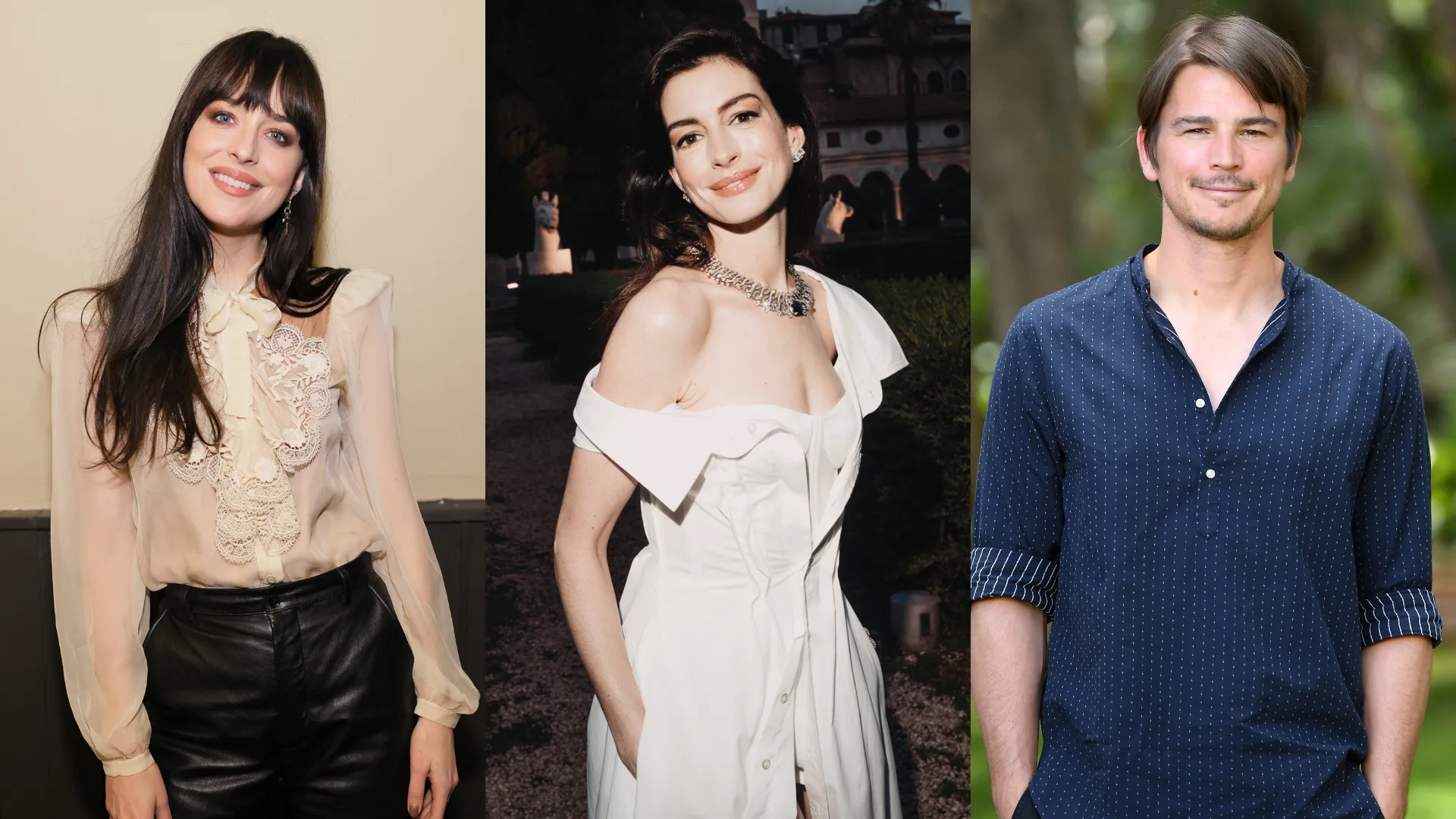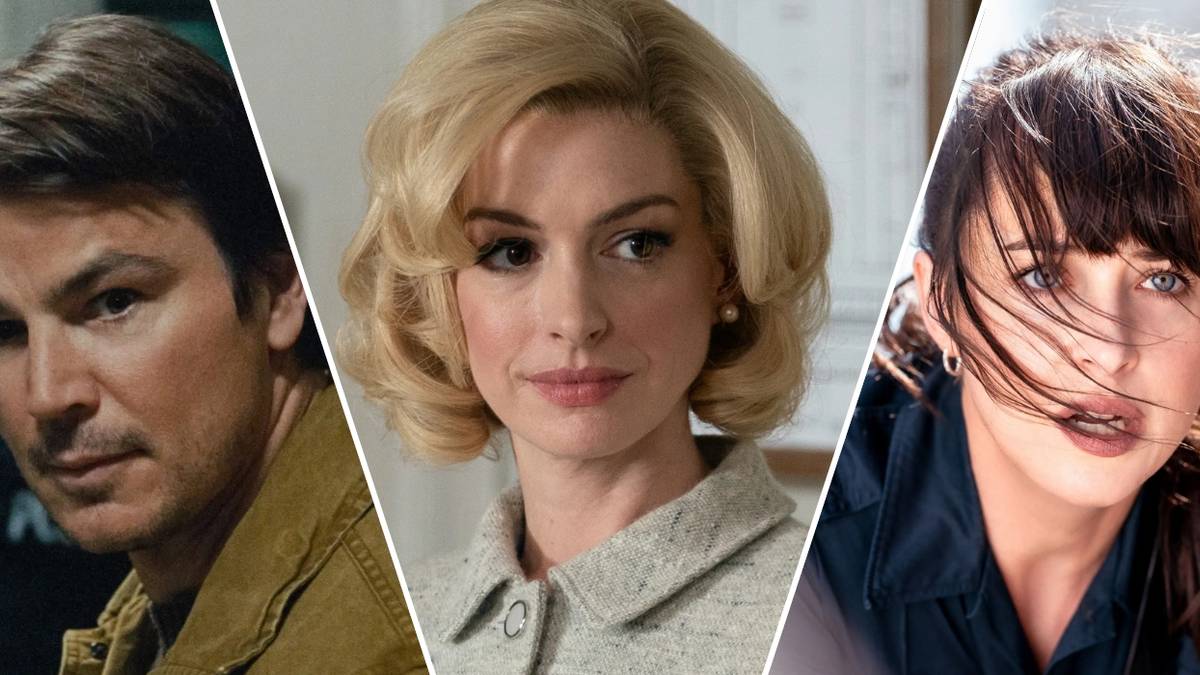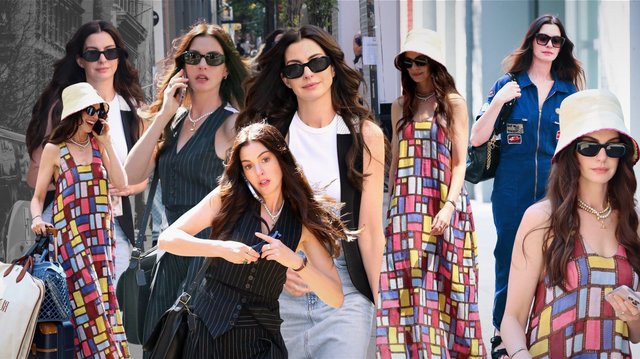Verity (2025)
Verity: Murder at Christmas (2025) is a darkly elegant, spine-tingling mystery thriller adapted from Colleen Hoover’s bestselling novel Verity, reimagined for the screen as a chilling holiday-set sequel rather than a remake. Directed by
The film opens several years after the shocking events of Verity (2022). Lowen Ashleigh (Emilia Clarke), now a successful author, has rebuilt her life with

Lowen becomes both detective and suspect as her sanity begins to unravel. Anonymous notes appear in her typewriter, written in Verity’s style. The line between fiction and memory blurs as she starts hearing noises upstairs — in Verity’s old writing room — even though the room was sealed years ago. Each guest harbors secrets: Jeremy’s estranged sister
Villeneuve’s direction is masterful — blending the intimate dread of Gone Girl with the snowbound tension of The Hateful Eight. The cinematography by Greig Fraser turns the Crawfords’ lake house into both sanctuary and prison: candlelit dinners framed against blizzards, reflections in frosted windows, and the eerie glow of Christmas lights flickering in the dark. Every detail — the ticking of a grandfather clock, the creak of floorboards, the hiss of a typewriter — adds to the suffocating atmosphere. The score by
The narrative unfolds through dual perspectives — Lowen’s fragile inner monologue and excerpts from Verity’s final, unpublished manuscript that appear mysteriously throughout the film. As the snow deepens and the bodies mount, the boundaries between truth, delusion, and storytelling collapse. Lowen begins to suspect that someone has resurrected Verity’s persona — or that Verity herself might never have truly died. The second act ratchets up the psychological warfare between Lowen and Hannah, whose resentment toward her brother’s new wife burns into obsession.

In the shocking final act, the truth comes into focus on Christmas Eve. Lowen discovers that the murder scenes mirror entries from Verity’s hidden journal — entries that Jeremy had quietly suppressed. When confronted, Jeremy admits that he never destroyed Verity’s final manuscript and has been using it to manipulate Lowen’s writing, feeding her lines, plots, and nightmares. In a claustrophobic showdown by the frozen lake, Lowen realizes that Jeremy — not Verity — has been orchestrating the chaos all along, using fiction as a weapon to control and gaslight her. “You didn’t marry me for love,” she whispers in horror. “You married me for the sequel.”

As the house burns and snow falls outside, Lowen escapes with Crew — but not before she discovers a final letter hidden in Verity’s typewriter. It reads: “Stories don’t end, my dear. They just wait for someone new to tell them.”
Verity: Murder at Christmas (2025)

Dark, seductive, and brilliantly constructed, Verity: Murder at Christmas is not just a murder mystery — it’s a meditation on storytelling itself: who gets to write the truth, who controls the narrative, and how love can become the deadliest fiction of all.
The Devil Wears Prada 2 (2025)

The Devil Wears Prada 2 (2025) is a stylish, sharp, and surprisingly emotional sequel to the 2006 cultural landmark that redefined workplace comedies and fashion dramas. Directed by David Frankel and written by Aline Brosh McKenna — the same creative team behind the original — the film reunites Meryl Streep, Anne Hathaway, and Emily Blunt for a story that explores ambition, relevance, and the high price of reinvention in a digital age that never stops moving. Set nearly twenty years after the first film,
The film opens in modern-day New York, where Miranda Priestly (Meryl Streep) — once the untouchable editor-in-chief of Runway — faces her greatest challenge yet: obsolescence. The magazine, now owned by a global tech conglomerate, is struggling to survive in a world dominated by digital media and fast fashion. Miranda’s authority, once absolute, is now constantly undermined by analytics dashboards and “engagement consultants.” Her legendary composure begins to crack when the board brings in a young CEO, Zara Kim (Awkwafina), to modernize

Meanwhile, Andy Sachs (Anne Hathaway), now a successful investigative journalist and author, has built a career exposing corruption in the industries she once admired. Living in Brooklyn with her husband Nate (Adrian Grenier, in a brief but mature return), Andy’s life seems full — until she’s approached by Miranda’s former first assistant, Emily Charlton (Emily Blunt), who now runs her own high-end PR firm in London. Emily wants Andy’s help with a potentially explosive exposé: a story about unethical labor practices in the fast-fashion empire that

What follows is a masterful blend of drama and wit. Miranda, facing extinction, begins a ruthless campaign to protect her legacy — even if it means burning bridges, manipulating allies, and facing her own past failures. Andy and Emily’s reunion, meanwhile, is laced with humor and poignancy: two women who once endured Miranda’s tyranny now find themselves mirroring her methods in their pursuit of truth. The film smartly avoids nostalgia for nostalgia’s sake — instead, it examines how ambition evolves with age, and how women in power are judged by different rules than the men who follow them.
Visually, The Devil Wears Prada 2 is sumptuous — a cinematic feast of modern couture, neon-lit runways, and sleek tech-world offices. Cinematographer Florian Ballhaus returns, contrasting the cold precision of the digital era with the tactile richness of classic fashion. The costume design, by Patricia Field, is again a triumph — a stunning mix of old-school elegance and cutting-edge futurism. Miranda’s monochrome power suits, Emily’s avant-garde London chic, and Andy’s understated modern professional wardrobe each tell a story of who these women have become.
As tensions rise, Miranda’s empire begins to crumble. In one devastating scene, she gives a speech at an awards gala — elegant, poised, and quietly furious — in which she laments that “style has become disposable, and so have we.” Streep delivers the moment with heartbreaking restraint, transforming the once-villainous editor into a tragic figure — a woman built for a world that no longer exists. Andy and Emily, meanwhile, uncover that Runway’s corporate owners are not just guilty of exploitation, but of actively suppressing stories like theirs. The climax builds to a choice that mirrors Andy’s dilemma from the first film: publish the truth and destroy Miranda — or protect her, and everything she once stood for.
In the end, Andy publishes the story — but frames it as a meditation on power, change, and resilience rather than an attack. The fallout is swift: Miranda resigns from Runway on her own terms, walking out of the building in a scene that mirrors her iconic departure from Paris in the original film. Months later, Andy receives a handwritten note: “You were never my enemy, Andrea. You were my successor. Don’t waste it.”
The final scene takes place at a Paris fashion show, where Emily’s agency is representing new designers from marginalized backgrounds. Andy attends to cover the event, and when she catches sight of Miranda across the runway — regal, smiling faintly, mentoring a young editor — she nods. The torch has been passed.

The Devil Wears Prada 2 (2025) is everything a sequel should be — sharp, sophisticated, and emotionally mature. It’s a story not about revenge or glamour, but about evolution: how women redefine success, power, and themselves in a world that never stops changing. Meryl Streep is magnificent, Hathaway shines with quiet intelligence, and Emily Blunt steals every scene with razor-edged wit. The film closes on a line that captures its spirit perfectly: “Fashion changes. Power endures.”




